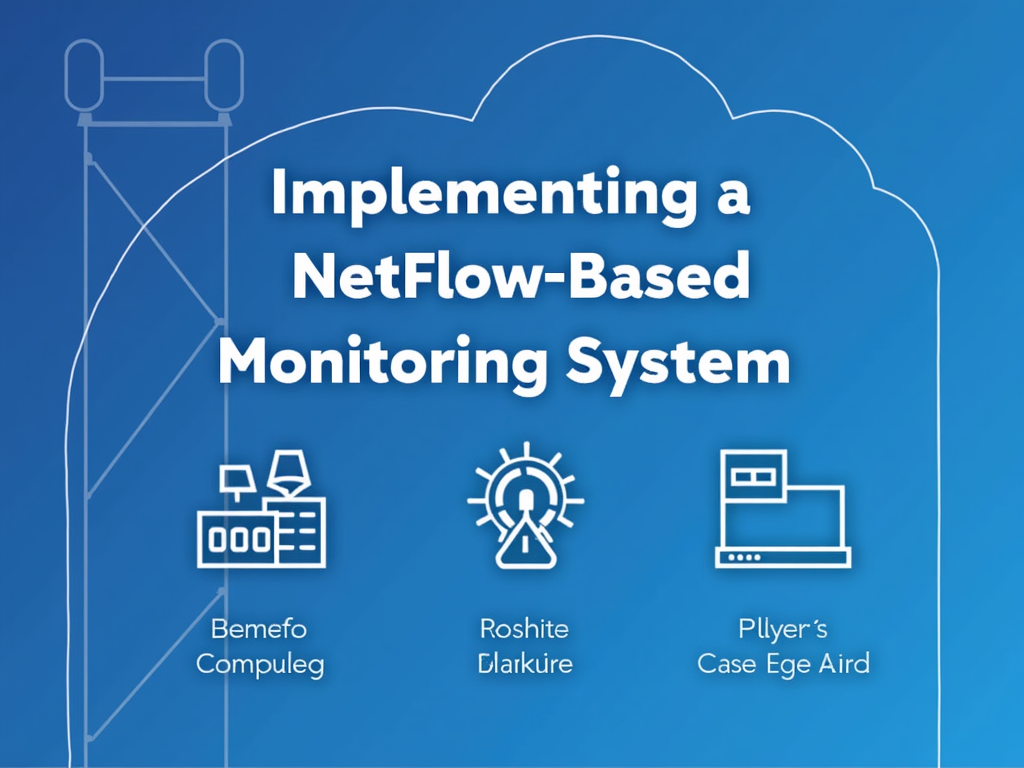Implementing a NetFlow-Based Monitoring System
In today’s networked world, monitoring and analyzing network traffic has become increasingly important for ensuring the security, performance, and reliability of networks. NetFlow is a widely-used protocol that provides a mechanism to collect and export network traffic data, allowing for real-time monitoring and analysis. In this article, we will explore how to implement a NetFlow-based monitoring system, including its benefits, components, and configuration steps.
Benefits of Implementing a NetFlow-Based Monitoring System
Implementing a NetFlow-based monitoring system offers several benefits, including:
- Improved Network Security: By collecting and analyzing network traffic data, you can identify potential security threats and take proactive measures to prevent attacks.
- Enhanced Network Performance: Monitoring network traffic helps you identify bottlenecks and optimize network performance for better user experience.
- Compliance and Auditing: NetFlow-based monitoring systems provide the necessary data for compliance and auditing purposes.
Components of a NetFlow-Based Monitoring System
A NetFlow-based monitoring system consists of the following components:
- NetFlow Collector: A device or software that collects and exports NetFlow data from network devices.
- NetFlow Exporter: A network device (e.g., router, switch) that generates and sends NetFlow data to a collector.
- Analytics Engine: Software or hardware that processes and analyzes the collected NetFlow data.
Configuration Steps for Implementing a NetFlow-Based Monitoring System
To implement a NetFlow-based monitoring system, follow these steps:
Step 1: Configure Network Devices
Configure your network devices (routers, switches) to generate and export NetFlow data. This typically involves setting the NetFlow collector IP address, the sampling rate, and the flow record format.
Step 2: Install a NetFlow Collector
Choose a NetFlow collector software or device that supports your network infrastructure. Popular options include Cisco’s NetFlow, open-source tools like nfcapd, and commercial solutions like Riverbed’s Cascade.
Step 3: Configure the NetFlow Collector
Configure the NetFlow collector to receive and process data from your network devices. This may involve setting IP addresses, ports, and other parameters for data reception and storage.
Step 4: Install an Analytics Engine
Choose a suitable analytics engine software or hardware that can process and analyze the collected NetFlow data. Popular options include Splunk, ELK (Elasticsearch, Logstash, Kibana), and commercial solutions like Riverbed’s Cascade.
Step 5: Configure the Analytics Engine
Configure the analytics engine to receive and process the collected NetFlow data. This may involve setting up dashboards, reports, and alerts for monitoring and analysis.
Real-World Example: Implementing a NetFlow-Based Monitoring System with Cisco Network Devices
Suppose you have a network infrastructure consisting of Cisco routers and switches. To implement a NetFlow-based monitoring system, follow these steps:
- Configure your Cisco devices to generate and export NetFlow data using the
ip flow-exportcommand. - Install a NetFlow collector software like nfcapd on a Linux machine.
- Configure the NetFlow collector to receive and process data from your Cisco devices.
- Install an analytics engine software like Splunk or ELK, and configure it to receive and analyze the collected NetFlow data.
Conclusion
Implementing a NetFlow-based monitoring system provides valuable insights into network traffic patterns, allowing you to proactively identify and mitigate security threats, optimize network performance, and ensure compliance. By following the steps outlined in this article, you can successfully deploy a NetFlow-based monitoring system that meets your organization’s specific needs.



